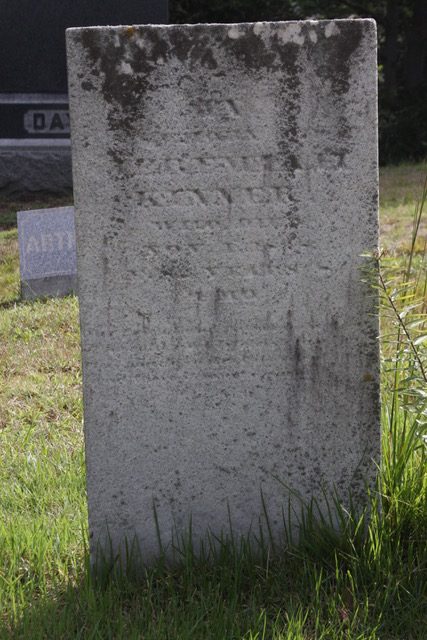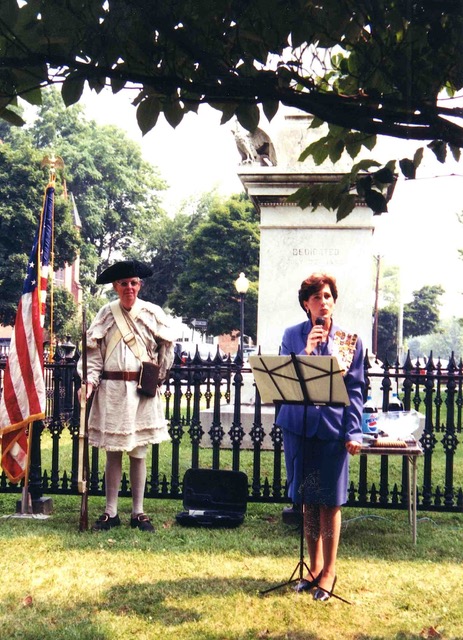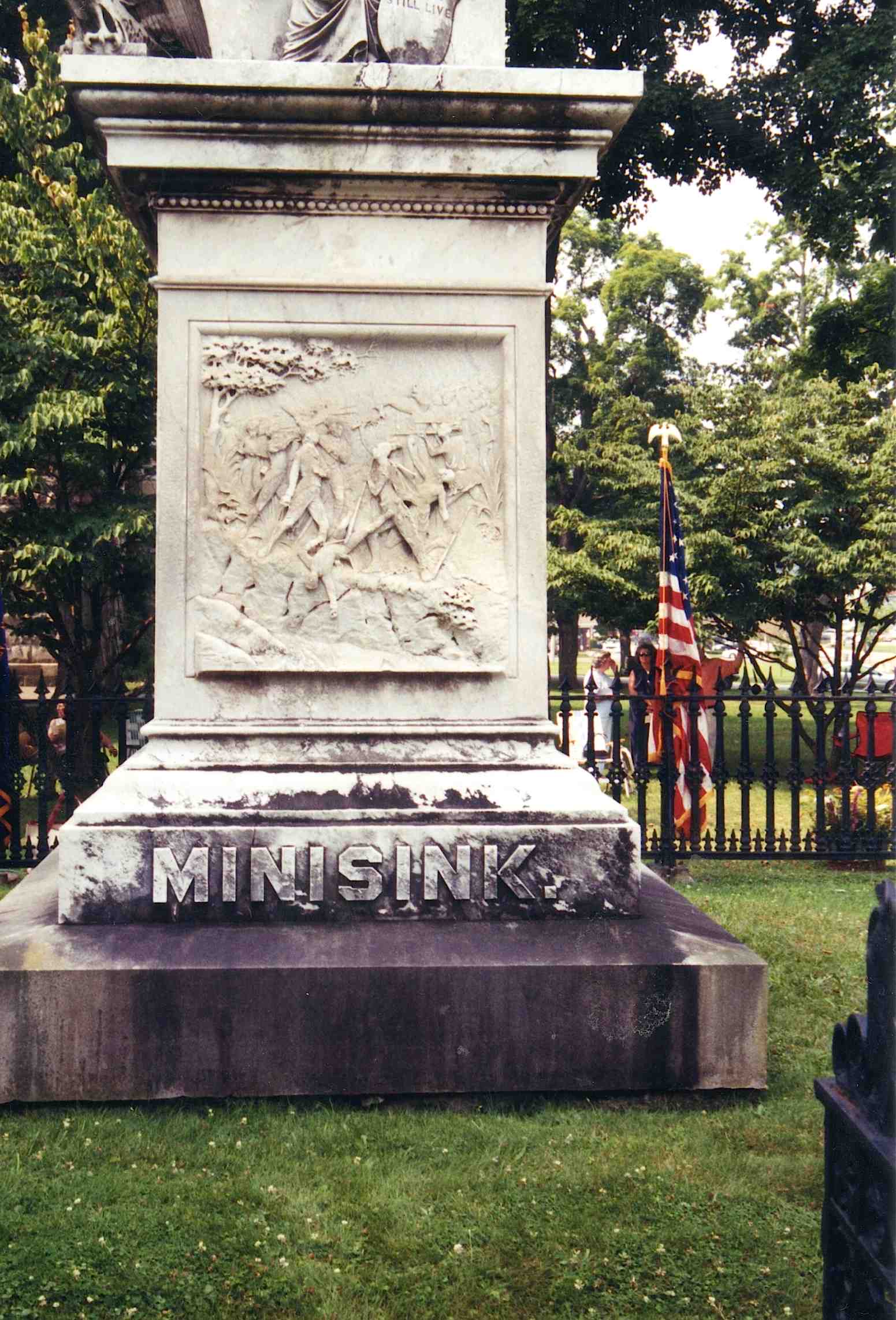When the British overtook Suffolk County, he left Long Island and went to Goshen, Orange County, New York, where he remained until Iroquois Indians burned Minisink Ford on July 22, 1779.
Kinner and five others left Goshen on the day of the attack and rode as far as Howell’s Tavern where they stayed that night. The next morning, they returned to Minisink Ford which was then occupied by the Iroquis Indians. Fearing that Major General Light Horse Harry Lee was coming, the Iroquis Indians retreated into the woods when Kinner, in the company of a detachment of 133 men, followed the Iroquis Indians. They had several skirmishes with the Iroquis Indians when Colonel Thurston was killed near Kinner, who was wounded.
Kinner returned home to Goshen where he was unable to work for about three months due to his injury. During this period, he was ordered by Captain McDowell to report to West Point; however, Kinner was unfit for duty. Soon after his recovery, he was sent to a log fort about 10 miles north of Minisink near the residence of Captain DeWitt. He proceeded to that fort and remained there for a period of three months when his term of enlistment of service was completed. This was the only battle of the Revolutionary war fought in the Upper Delaware River valley.




